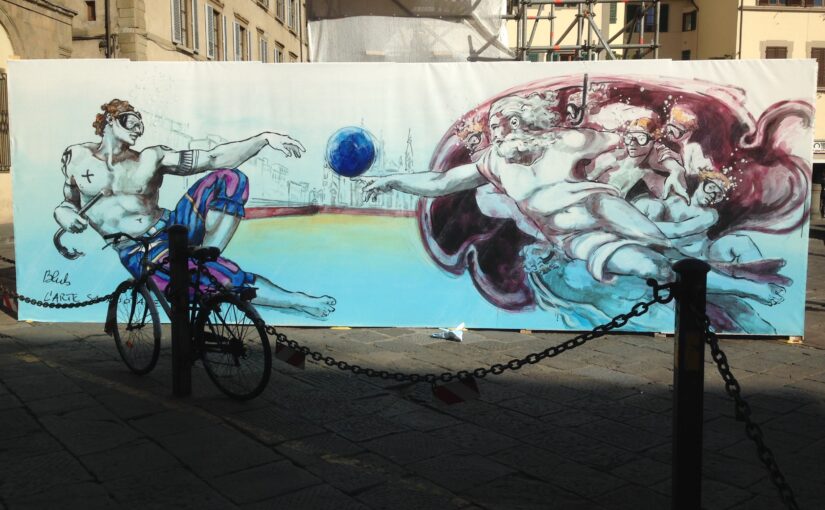Friday, February 17
Monday night I slept eight hours, Tuesday, nine, Wednesday, ten, Thursday, eight. All of those days I also slept at least three hours in the afternoon. For most of that, there was no discomfort in bed, neither real, nor (as has often been the case over the past four years) oddly imagined or based in hard to describe attitudinal habit. When the brain is healing, it needs sleep.
The flashes of improvements in movement that I have been experiencing over the past few weeks have been stabilizing into regular and sustained patterns; many of the differences are still tiny and subtle, but repeated and undeniably real. They include sitting instead of plopping, a gait that begins at the heel and rolls through the foot, some postural improvement, and reduction in over production of saliva.
All that is mixed in with back and forth frequency and nature of tremor, stiffness, and poverty of movement, so it is often difficult to give my brain full credit for all that it is learning, but when I really pay attention, I am rightfully encouraged.
In the random-pain-that-works-itself-through category; a week ago commenced a discomfort sitting (practically everywhere) sourced deep in the muscles of the extreme lower back and hips. For several days it felt like I would never sit again without pain. Today it vanished. (That may have been a deferred healing, or it may have been the result of yesterday’s shiatsu, or both. In any case, I’m pretty happy.) I hope it stays away.
Saturday, February 18
A step back on most fronts today. Not unusual in this process but always disappointing. I should mention that sleep was still deep and plentiful, and that under a thin layer of depression lay a solid sense of wellbeing.
Sunday, February 19
Holding steady on award-winning sleep for both duration and comfort. Naps are not so benign, leaving me shaky and with poverty of movement for a longer period than was the nap itself. Overall, however, I feel better than yesterday. Walking sucks but less so. I continue to be hungry most of the time.
Monday, February 20
Today is the second anniversary of my being free of anti-Parkinson’s medications. If you want to read the history of how I got there, click here. It’s not my best writing, but it’s informative.
Regards the tremors being brought on by stressors, today was a fine example of how that works. First there was a pre-lunch nap that left me shaky, then sauteed zucchini that was difficult to pick up, then another nap. That was followed by the putting in of long-use contact lenses, and a two hour attempt at getting my email account to work again. After an hour of the last I was tremoring everywhere I have ever tremored, then suddenly I sat up straight, I could feel a change in my brain, an inner voice said “NO” and all tremors instantly ceased. For about a minute, maybe longer. This was intriguing so I tried repeating it with some early success. It’s not the first time I’ve been without tremor, but it was the first time I observed the brain’s process behind it.
